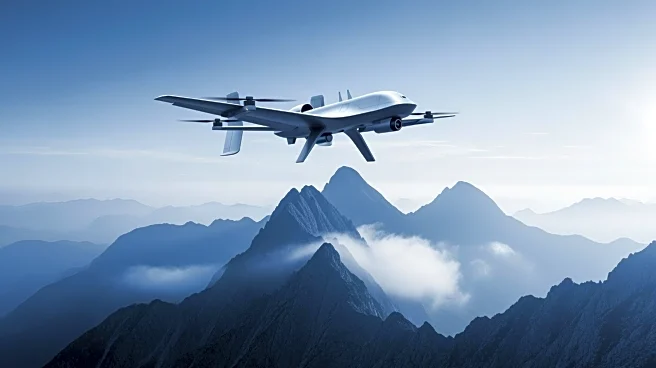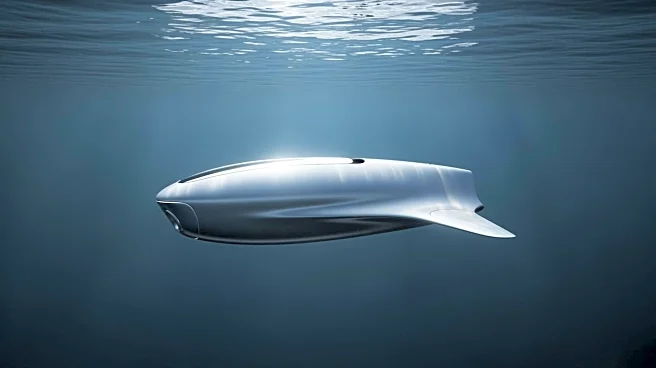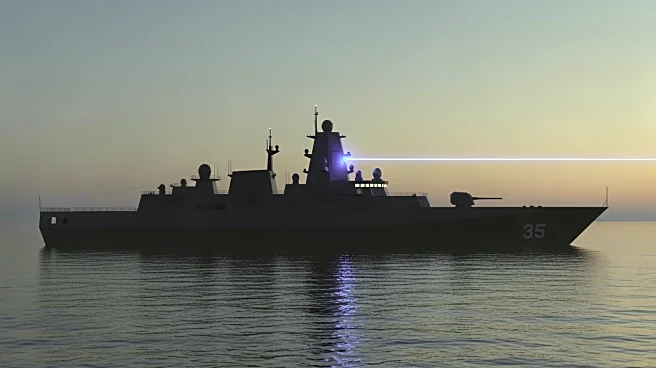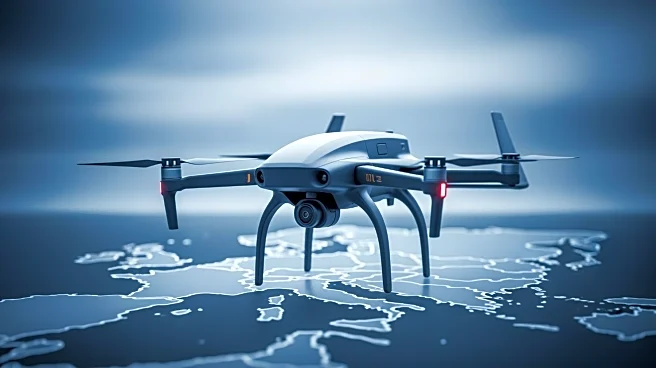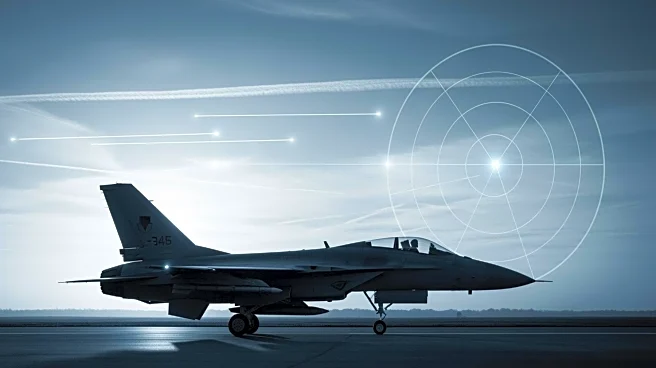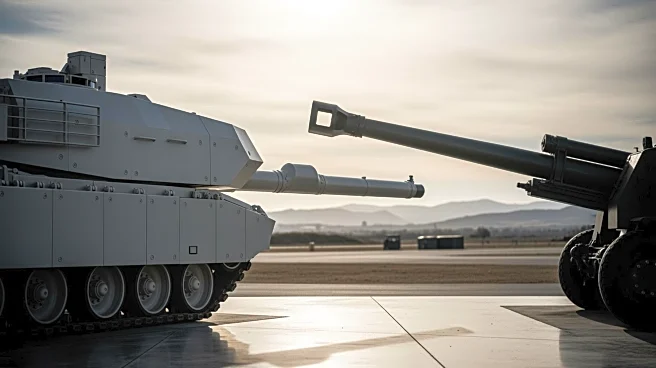What's Happening?
Alpine Eagle has released a white paper detailing advancements in airborne counter-UAS concepts for NATO's Eastern Shield. The paper highlights the limitations of current ground-based radar systems in detecting small drones in challenging terrains, such
as forests and mountains. Alpine Eagle suggests integrating airborne radar platforms to address these detection gaps and enhance NATO's defensive capabilities. This approach aims to provide a mobile, adaptive second layer of defense, improving surveillance and interception capabilities. The proposed multi-layered framework combines fixed radar, airborne sensors, and electronic warfare elements to offer a scalable and cost-effective solution for countering drone threats.
Why It's Important?
The integration of airborne counter-UAS platforms into NATO's Eastern Shield could significantly enhance the alliance's ability to detect and respond to drone incursions. By addressing the limitations of ground-based systems, Alpine Eagle's proposal offers a more comprehensive and flexible defense strategy. This development is crucial as the use of low-cost drones and loitering munitions becomes increasingly prevalent in modern warfare. The proposed framework not only strengthens NATO's defensive posture but also ensures cost discipline and scalability, making it a sustainable solution for long-term security challenges.
Beyond the Headlines
Alpine Eagle's proposal reflects broader trends in military technology, emphasizing the need for adaptable and integrated defense systems. The focus on airborne radar and electronic warfare elements highlights the importance of technological innovation in maintaining security. This approach may influence future defense strategies, encouraging other nations to adopt similar multi-layered frameworks. Additionally, the emphasis on cost-efficiency and scalability aligns with global efforts to optimize defense spending while addressing emerging threats.
